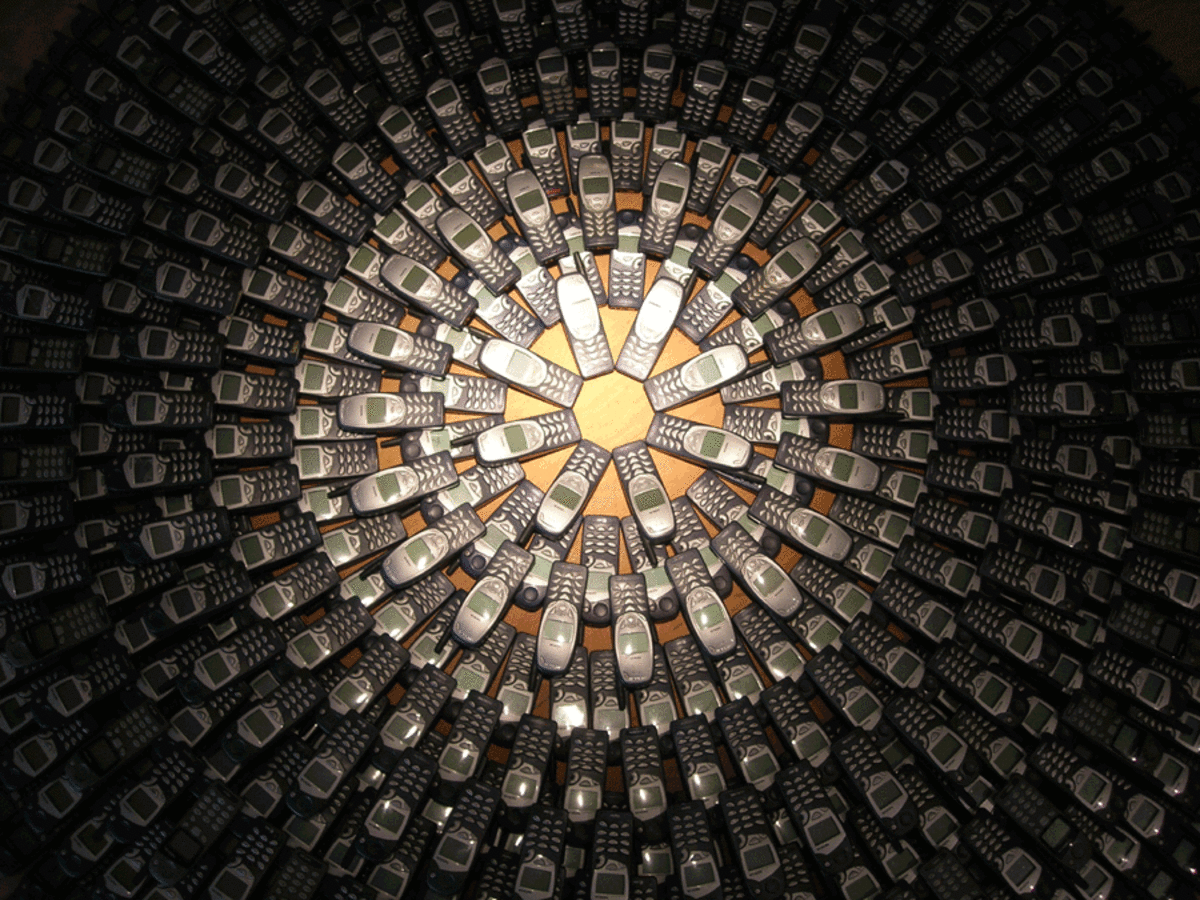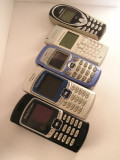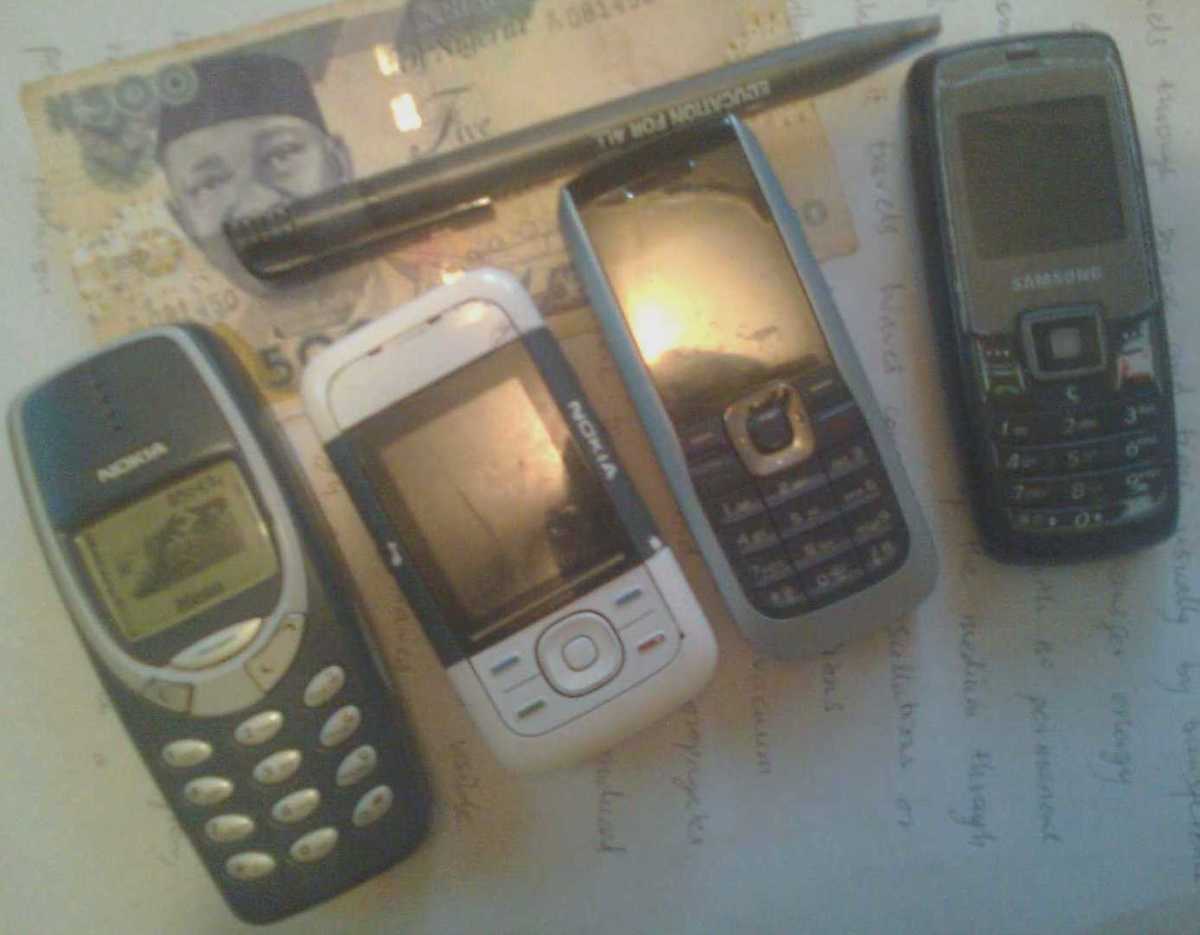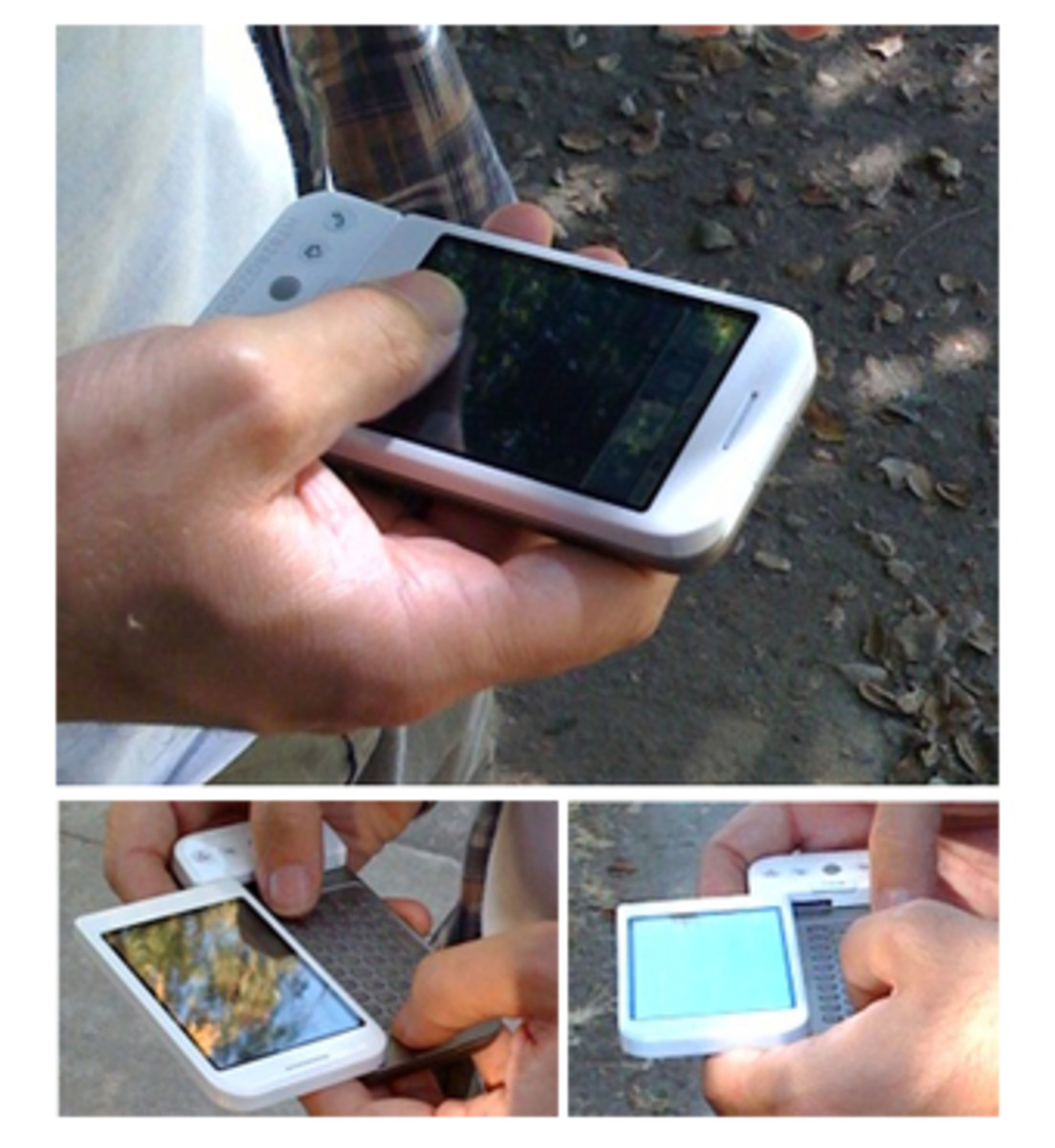Which cell phone service is better GSM or CDMA
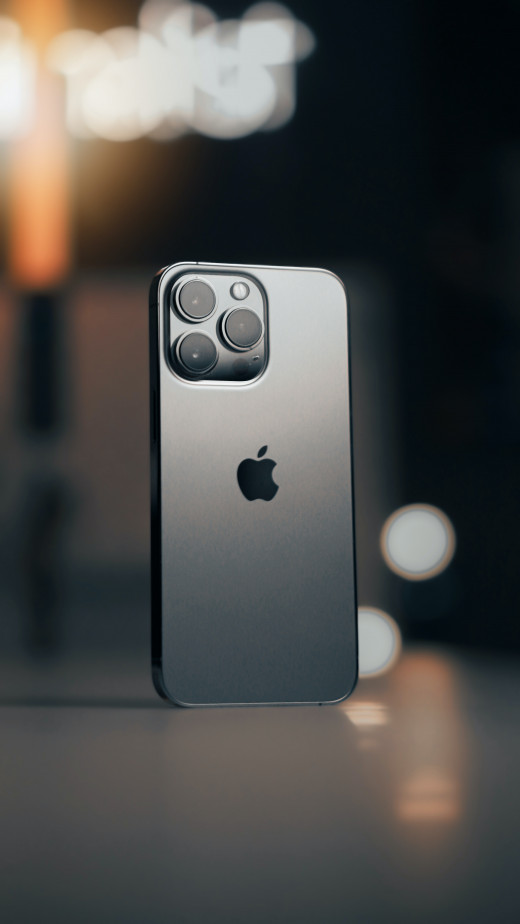
GSM vs. CDMA: Which Cell Phone Service is Better?
When it comes to cell phone services, there are two primary technologies in use: Global System for Mobile Communications (GSM) and Code Division Multiple Access (CDMA). While both offer reliable cell phone services, they differ in the way they handle voice and data transmission, network coverage, call quality, and data speeds. In this article, we'll explore these differences in more detail and help you decide which one is right for you.
GSM: Widely Used Around the World
GSM is a cell phone technology that uses Time Division Multiple Access (TDMA) to divide frequency bands into time slots for voice and data transmission. Developed in Europe in the 1980s, GSM is now used by over 80% of cell phone users worldwide. One of its main advantages is its ability to support simultaneous voice and data transmission, which allows users to talk on the phone and use data services at the same time.
One of the reasons for its popularity is its use of Subscriber Identity Module (SIM) cards. GSM phones use SIM cards that are easily interchangeable, allowing users to switch carriers or use their phones in other countries by simply replacing the SIM card. This makes GSM phones more versatile and easier to use internationally than CDMA phones.
In terms of network coverage, GSM networks tend to have better coverage in urban areas due to their higher frequency bands, which are better at penetrating buildings and obstacles. However, in rural areas, CDMA networks tend to have better coverage because their lower frequency bands are better at covering larger areas.
Call quality is another important factor to consider. GSM calls have a higher quality of sound but may be more prone to interference and dropouts. CDMA calls have a lower quality of sound but are less prone to interference and dropouts.
Data speeds are another important consideration. GSM networks tend to have faster data speeds but may be more prone to congestion during peak usage times. CDMA networks, on the other hand, tend to have more consistent data speeds but are slower overall.
CDMA: Developed in the United States
CDMA is a cell phone technology that uses Code Division Multiple Access (CDMA) to encode voice and data and transmit them over the same frequency. Developed in the United States in the 1990s, CDMA is less popular than GSM but is still used by a significant number of cell phone users worldwide.
One of the main differences between GSM and CDMA is their handling of voice and data transmission. While GSM supports simultaneous voice and data transmission, CDMA does not. This means that CDMA users cannot use data services while on a call.
Unlike GSM, CDMA phones do not use SIM cards. Instead, they are tied to a specific carrier and cannot be easily used on other networks. This limits their versatility and usability in other countries.
In terms of network coverage, CDMA networks tend to have better coverage in rural areas due to their lower frequency bands, which are better at covering larger areas. However, they may not have as good coverage in urban areas as GSM networks.
Call quality is another consideration. While CDMA calls have a lower quality of sound than GSM calls, they are less prone to interference and dropouts. This means that CDMA calls are more reliable and consistent than GSM calls.
Data speeds on CDMA networks tend to be slower than those on GSM networks. However, CDMA networks are generally more consistent and reliable than GSM networks, especially during peak usage times.
Which One is Better?
Choosing between GSM and CDMA ultimately depends on your needs and preferences. If you travel frequently and want to use your phone in other countries, GSM is the better choice due to its use of SIM cards and wide availability around the world. If you live in a rural area or frequently

GSM Phones
| CDMA Phones
| |
|---|---|---|
PROs
| Widely used around the world
| Better coverage in rural areas
|
Supports SIM cards
| More reliable calls
| |
Good coverage in urban areas
| Consistent data speeds
| |
Faster data speeds
| ||
CONs
| Less coverage in rural areas
| Limited usability in other countries
|
Prone to interference and dropouts during calls
| No simultaneous voice and data transmission
| |
Slower data speeds
| Lower call quality
| |
Examples
| AT&T, T-Mobile
| Verizon, Sprint
|
Popularity
| Used by over 80% of cell phone users worldwide
| Used by a significant number of cell phone users worldwide
|
Keep in mind that these are generalizations, and your experience may vary depending on your location, carrier, and phone model. It's important to research and compare different carriers and plans before making a decision on which technology to choose
Did you find the information you were searching for?
This content is accurate and true to the best of the author’s knowledge and is not meant to substitute for formal and individualized advice from a qualified professional.

